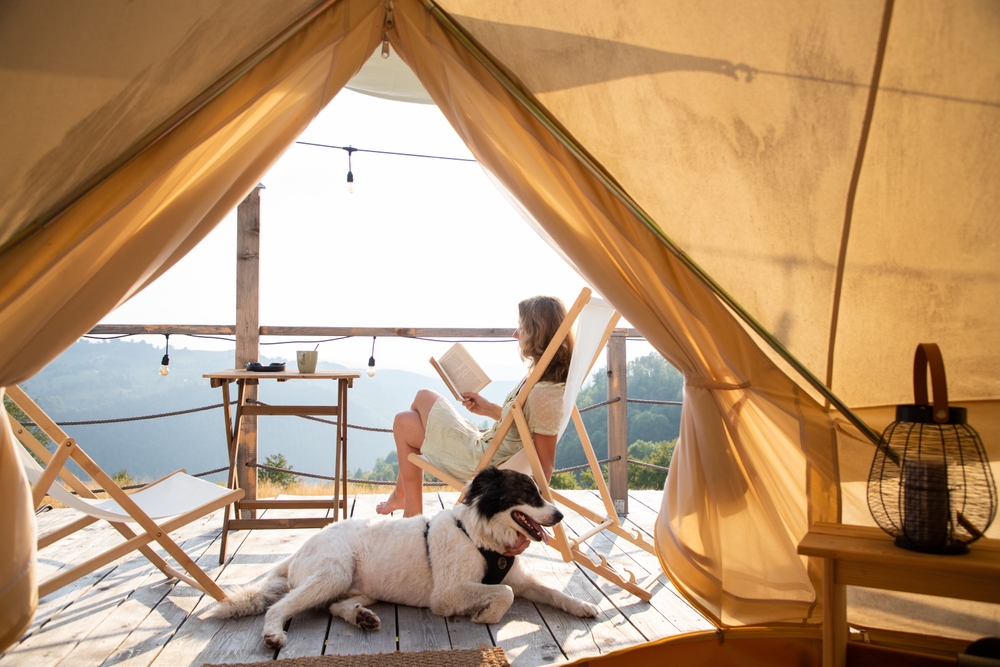Unraveling the Allure of Glamping: A Modern Take on Traditional Camping
Glamping, or glamorous camping, has taken the travel industry by storm, infusing comfort and luxury into the heart of the wilderness. This modern travel trend offers an innovative way to merge the beauty of nature with the convenience of contemporary amenities. In this article, we delve into the historical context of this travel style, its current trends, and its impact on today's travelers.

A Brief History of Glamping
The concept of glamping is not as contemporary as one might think. Tracing back to the 16th century, the Scottish Earl of Atholl created a luxurious camping experience for King James V and his mother. He set up lavish tents and filled them with all the comforts of their royal palace. However, the term ‘glamping’ itself was first coined in the UK in 2005 and has since become a popular trend worldwide.
Modern Glamping: The New Face of Outdoor Adventures
Today, glamping has taken a modern twist, with a wide array of accommodations ranging from tree houses, yurts, tipis, to luxury tents. The essence of glamping lies in its fusion of wilderness and luxury, allowing travelers to soak in the natural beauty while enjoying home-like comfort. This trend has seen a surge, particularly among millennials, who seek unique and immersive experiences in their travels.
The Advantages and Challenges of Glamping
Glamping provides a unique travel style that allows individuals to connect with nature without sacrificing comfort. Yet, it is not without its challenges. While it offers an opportunity to escape the urban hustle, setting up a comfortable and luxurious camp requires significant effort and resources. Additionally, maintaining the balance between luxury and preserving the natural environment can be a delicate act.
The Impact of Glamping on Travelers and the Industry
Glamping has significantly influenced the way people perceive outdoor adventures. It has made camping accessible to those who are not traditionally outdoor enthusiasts. As for its impact on the industry, it has opened a new segment for hospitality businesses to cater to the growing demand for unique and experiential travel.
Interesting Facts about Glamping
- Glamping was added to the Oxford English Dictionary in 2016.
- The most popular forms of glamping accommodation are safari tents, yurts, and tree houses.
- Glamping Hub, the leading booking platform for unique outdoor accommodations, lists over 35,000 glamping sites worldwide.
Conclusion
Glamping stands as a testament to the evolution of travel, reflecting how modern travelers seek unique experiences that blend adventure with comfort. This trend has not only reshaped the way we perceive camping but has also positively impacted the hospitality industry, offering a fresh, innovative, and lucrative market segment. As we continue to navigate the ever-evolving travel landscape, one thing is certain - glamping is here to stay.






